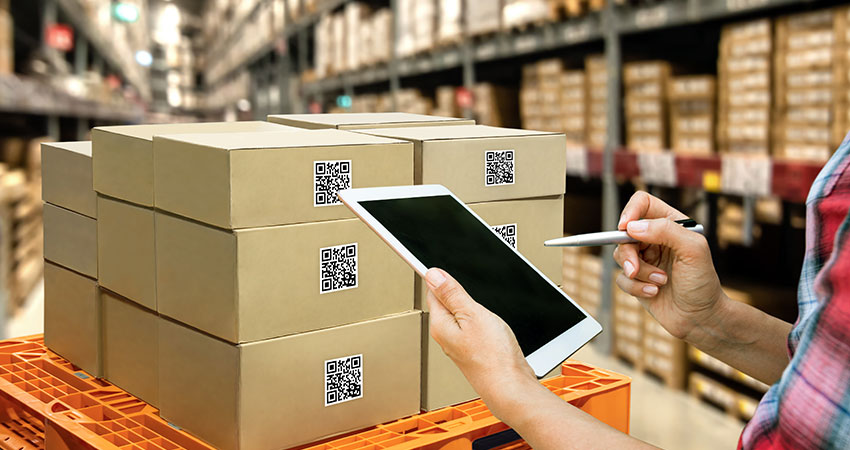Ongoing changes in technology, sustainability, ecommerce and consumer shopping patterns have caused significant shifts in retail operations, product offerings and shopper expectations. Meeting changing consumer demands for quick, smooth order fulfillment has become table stakes in order for brands to stand out.
Third-party logistics (3PL) providers play a pivotal role in guiding brands through this continuing evolution. Brands aiming to adapt and excel need 3PL partners that leverage industry expertise, data and technology. This helps them enhance efficiency, promote collaboration and drive fulfillment innovation. Here’s how innovative 3PLs are spearheading this change.
Empowering Retailers with Real-Time Data Insights
Fulfillment and parcel delivery operations, including last mile, are intricate. In fact, there so many factors play into picking, packaging, routing and delivery that every order represents a number of opportunities for both error and improvement.
By tracking each touchpoint in real time, a 3PL can collect data on inventory, order status, personnel and delivery vehicles used. This granular data gives brands unobstructed visibility into each facet of their fulfillment operations.
A modern 3PL can track things like profit and loss statements by site or line of business and identify who picked or packed an order, what vehicle was used and its route. Brands gain actionable insights into each step. Data on important KPIs (fill rate, on-time shipping and delivery success, pick accuracy, order cycle time, CSAT, etc.) empower brands to make changes when, where and even before they’re needed.
Building Collaboration, Trust with Transparency
Achieving complete transparency in any operation is difficult. But it’s exceedingly challenging in ecommerce fulfillment operations, when there is incomplete or inaccurate data. Lifting the veil for brands and shoppers depends on a 3PL’s ability to track and analyze valid, complete data.
Yet even when a 3PL collects data on everything from real-time inventory, error reporting and delivery tracking, brands may find their partner unwilling to share insights. While they may fear revealing data will leave them vulnerable, a willingness to share it is key to building trust and collaboration.
When 3PLs and brands layer data and insights over customer data and feedback (i.e., a shopper contacting a brand about an order delay), they can collaborate on proactive solutions to identify and stave off other potential order issues. Building a partnership rooted in trust and transparency helps them collectively solve issues and ensure shopper satisfaction.
Data-Driven Solutions Ignite Innovation
At some level, innovation is simply the removal of fear, which often comes down to building trust. This can be trust in how a brand’s partners are performing, or it could be trust within a 3PL team. The latter can build trust by using performance data to create innovative solutions that optimize fulfillment operations, from inventory management to order delivery.
Real-time data is critical to identifying the operational successes, fulfillment process issues and areas needing improvement that feed innovative solutions. These insights can help foster better integration of ecommerce platform, OMS and 3PL systems. Complementary systems can then drive accurate inventory management, allowing brands and their partners to store, stock and fulfill orders from strategically located facilities.
In a complex retail space, real-time data and transparency can empower brands, foster collaboration and spur innovation. Leveraging key data insights helps brands cultivate deeper trust with customers and 3PL partners. They then gain competitive advantage and set themselves up for future success.
Chris Jarvis is the Chief Operations Officer of GoBolt

